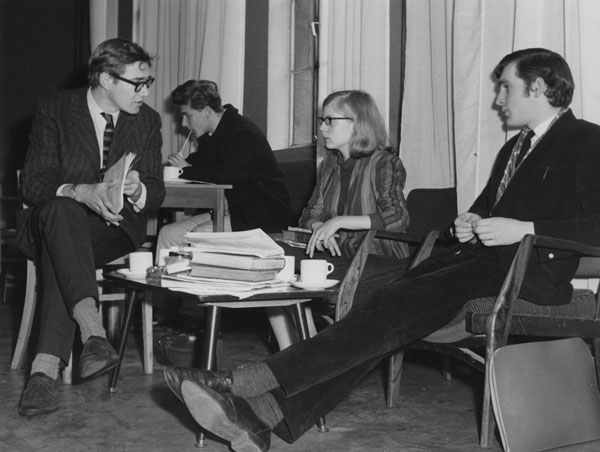Building Buy-In: The Value of Informal Relationships and Coalitions
This is one of our free-to-access content pieces. To gain access to all Ideas for Leaders content please Log In Here or if you are not already a Subscriber then Subscribe Here.

Being able to influence senior executives is desirable for most, if not all, members of an organization. According to this Idea, the key lies in internal relationships and informal coalitions. These relationships, used by executives positioned in lower levels of the organization, can help span internal boundaries across a company's various business units, thus enabling better communication and better strategic decision-making.
How to make your voice heard and be more influential in the workplace has always been a topic of interest for executives. Traditionally, it has been suggested that in order to exercise more influence, one must strive to be a part of the hallowed ‘C-Suite’ (i.e. a chief executive officer, chief financial officer, chief marketing officer, etc.). However, a study from Baylor University has challenged this perception, showing that being an influential insider does not always require you to be in the boardroom; in fact, even a coffee shop can do.
Through her research, Dr Marlene Neill found that informal coalitions that arise as a result of talks in hallways, coffee shops, fitness centres, etc., can be a powerful way of bridging the gap between senior executives and organizational members lower down in rank. This suggests that membership in the C-Suite is not necessarily required to be influential in an organization, as this can be done through ‘relationship building’ and forming informal alliances or coalitions.
Locations described by executives that Neill interviewed where informal meetings often occurred included going for a run with a colleague, stopping by at a colleague’s office/workspace, and most frequently, at coffee shops.
However, this type of influence requires the ability to identify key players for a given issue—what Neill refers to as ‘political astuteness’. She found that multiple informants at one company demonstrated this by lobbying senior executives behind the scenes at coffee shops and fitness centres to ensure the corporation made what they thought was the ‘right’ decision.
Methodology: Neill conducted in-depth interviews with 30 senior executives in four companies. Three of the companies were among Fortune’s list of the top 50, 150 or 500 companies; the fourth was a multinational previously featured among Inc. 5000s list of the fastest-growing private companies. They belonged to the energy, financial services, franchising and telecommunications sectors.
Interviewees included brand presidents, and vice presidents of marketing, human resources, operations, finance and competitive intelligence.
Neill’s research clearly demonstrates that building internal relationships and serving on various leadership teams can go a long way in helping to gather intelligence across an organization; by then sharing that information with senior executives, the latter can make better strategic decisions.
She also found that internal boundary spanning at the division level has a role to play, and connects to the formation of informal coalitions. This is particularly important for executives in public relations roles to note, as traditionally theirs has been described as an external boundary spanning role. However, this study suggests that internal boundary spanning is central to their influence at the senior executive level.
In the organizations Neill interviewed, one of the ways that public relations fulfilled this internal boundary spanning role is through their departmental meetings, when executives would share updates with their colleagues serving in leadership roles across the corporation allowing issues to be examined from a company-wide perspective. Public relations executives then identified proposed actions that were contradictory and needed to be addressed, and this intelligence empowered them to provide strategic counsel.

Ideas for Leaders is a free-to-access site. If you enjoy our content and find it valuable, please consider subscribing to our Developing Leaders Quarterly publication, this presents academic, business and consultant perspectives on leadership issues in a beautifully produced, small volume delivered to your desk four times a year.

For the less than the price of a coffee a week you can read over 650 summaries of research that cost universities over $1 billion to produce.
Use our Ideas to:
Speak to us on how else you can leverage this content to benefit your organization. info@ideasforleaders.com